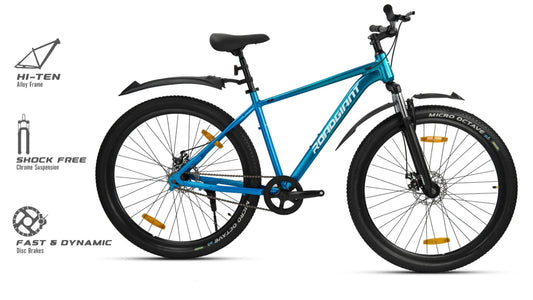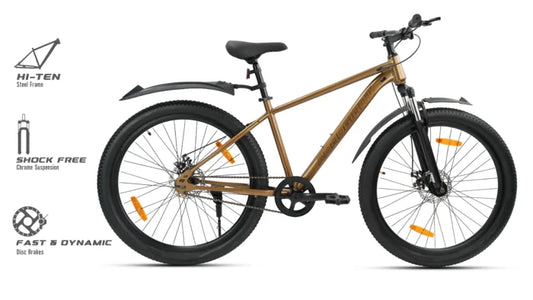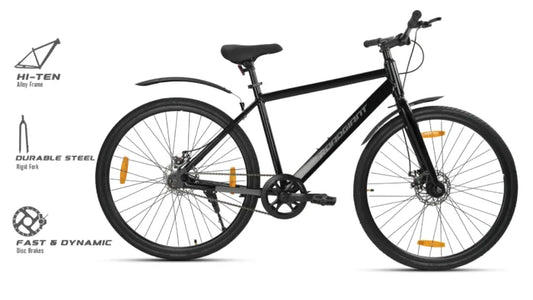Collection: MTB | Mountain Cycle
Explore the best MTB cycles in India, built for off-road trails, city rides & weekend adventures. These offer the perfect mix of strength, control & durability. Choose from lightweight alloy frames, powerful disc brakes & Shimano gears. Built tough for men who love mountain biking & outdoor thrill rides.
-
Zozila Lite [Single Speed MTB]
4.77 / 5.0
(66) 66 total reviews
Regular price ₹12,999Regular priceUnit price / per₹25,610Sale price ₹12,999Sale -
Zozila Ace [7/21 Gears MTB]
4.77 / 5.0
(66) 66 total reviews
Regular price From ₹14,999Regular priceUnit price / per₹26,460Sale price From ₹14,999Sale -
Zozila Prime [8/24 Gears MTB]
4.77 / 5.0
(66) 66 total reviews
Regular price From ₹18,499Regular priceUnit price / per₹25,610Sale price From ₹18,499Sale -
Zozila Pro [9/27 Gears MTB]
4.77 / 5.0
(66) 66 total reviews
Regular price From ₹23,999Regular priceUnit price / per₹49,000Sale price From ₹23,999Sale -
Zozila Cues [18 Gears MTB]
Regular price From ₹26,999Regular priceUnit price / per₹49,000Sale price From ₹26,999Sale -
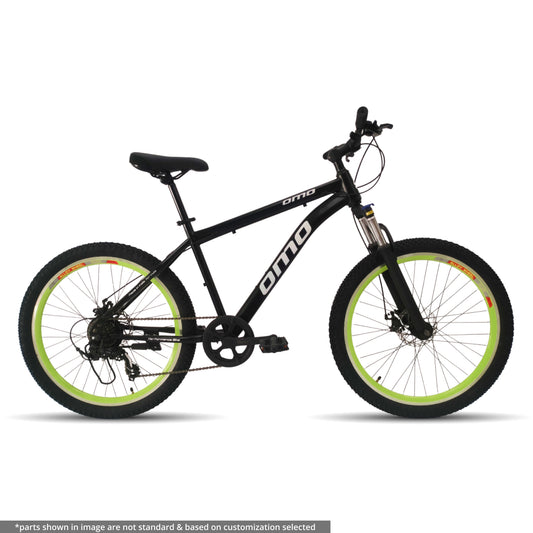 Sold out
Sold outManali Ace [7/21 Gear MTB]
4.85 / 5.0
(91) 91 total reviews
Regular price From ₹10,999Regular priceUnit price / per₹25,000Sale price From ₹10,999Sold out -
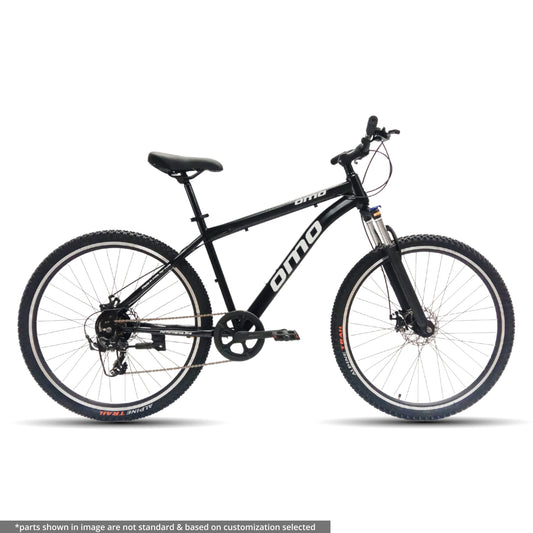 Sold out
Sold outShillong Ace [7/21 Gears MTB]
4.89 / 5.0
(9) 9 total reviews
Regular price ₹12,499Regular priceUnit price / per₹17,427Sale price ₹12,499Sold out -
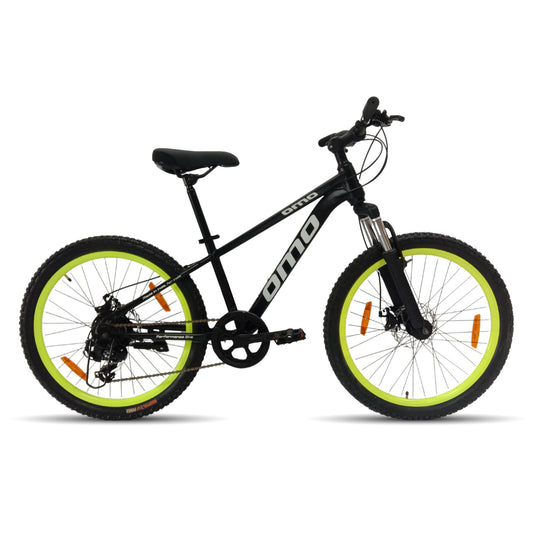 Sold out
Sold outJarvis Ace (7/21 Gear)
4.56 / 5.0
(18) 18 total reviews
Regular price ₹12,238Regular priceUnit price / per₹15,320Sale price ₹12,238Sold out -
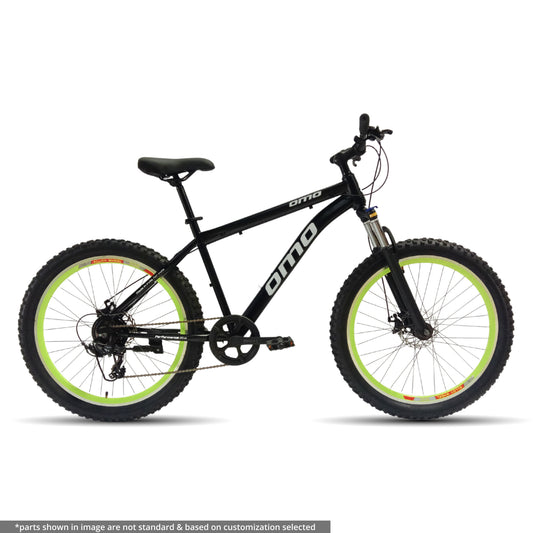 Sold out
Sold outVagator Ace [7/21 Gear MTB]
4.99 / 5.0
(67) 67 total reviews
Regular price ₹13,227Regular priceUnit price / per₹27,499Sale price ₹13,227Sold out -
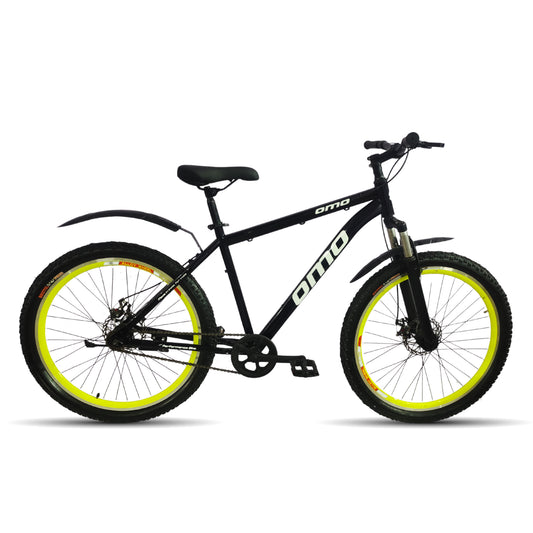 Sold out
Sold outManali Lite (Single Speed)
4.62 / 5.0
(37) 37 total reviews
Regular price From ₹7,999Regular priceUnit price / per₹17,667Sale price From ₹7,999Sold out -
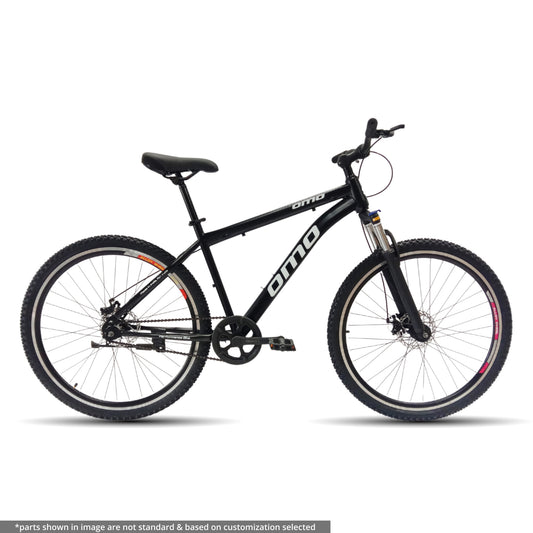 Sold out
Sold outShillong Lite [Single Speed MTB]
3.0 / 5.0
(1) 1 total reviews
Regular price ₹10,920Regular priceUnit price / per₹13,502Sale price ₹10,920Sold out -
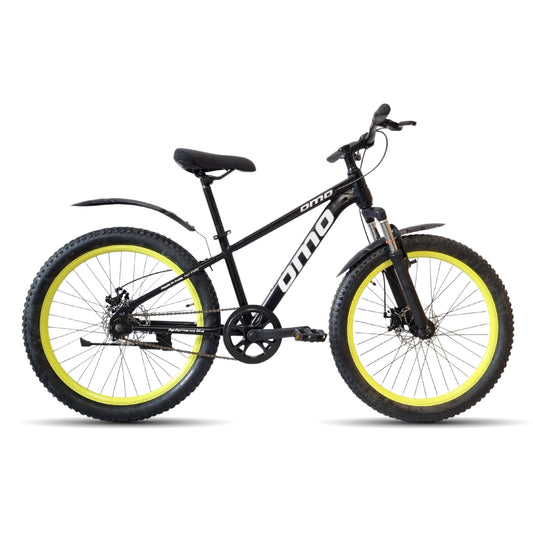 Sold out
Sold outJarvis Lite (Single Speed)
4.6 / 5.0
(5) 5 total reviews
Regular price ₹10,046Regular priceUnit price / per₹14,120Sale price ₹10,046Sold out -
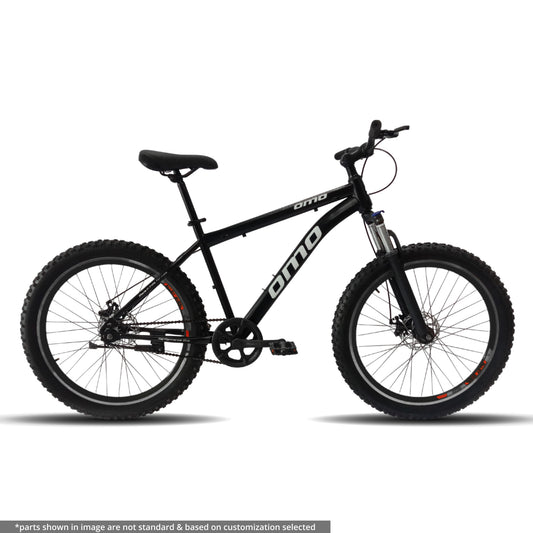 Sold out
Sold outVagator Lite [Single Speed MTB]
Regular price ₹11,036Regular priceUnit price / per₹23,500Sale price ₹11,036Sold out -
Roadgiant Convict | Single Speed | 29T MTB
Regular price ₹9,999Regular priceUnit price / per₹25,610Sale price ₹9,999Sold out -
Roadgiant Squad | 24T | Single Speed | MTB
Regular price ₹7,299Regular priceUnit price / per₹14,120Sale price ₹7,299Sold out -
Roadgiant Brocode | Single Speed Hybrid 700c
Regular price ₹9,999Regular priceUnit price / per₹25,610Sale price ₹9,999Sold out -
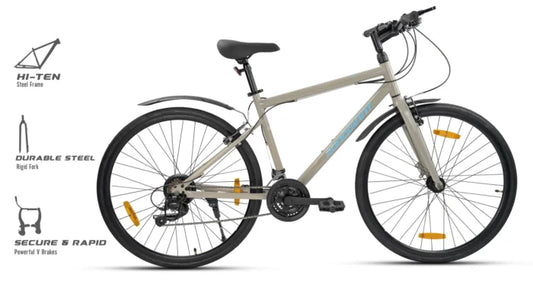 Sold out
Sold outRoadgiant Retro | Geared Hybrid 700c
Regular price ₹9,799Regular priceUnit price / per₹25,610Sale price ₹9,799Sold out -
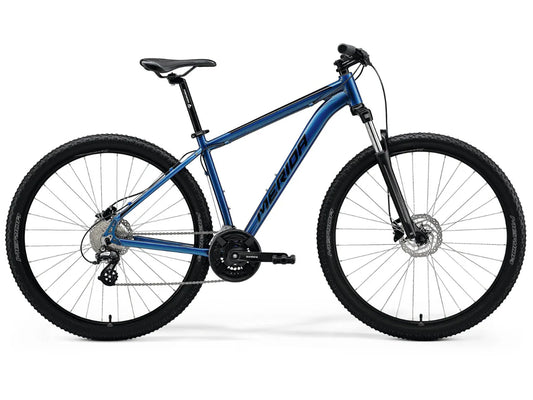 Sold out
Sold outMerida Big Nine 15 (2022)
Regular price From ₹47,999Regular priceUnit price / per
Explore Bicycles
-
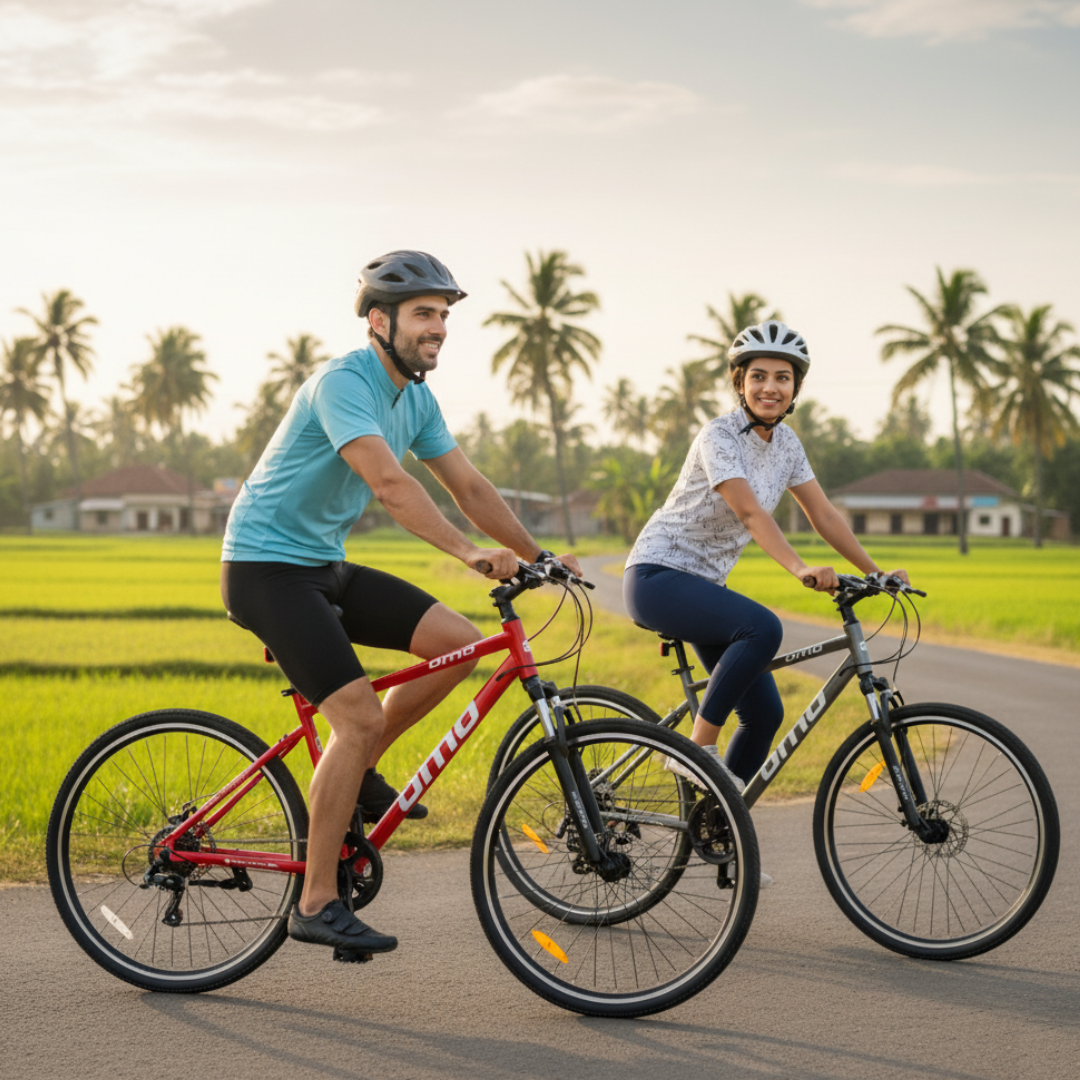
Hybrid Cycles
Explore the best hybrid cycles in India, built for fitness, city commute...
-
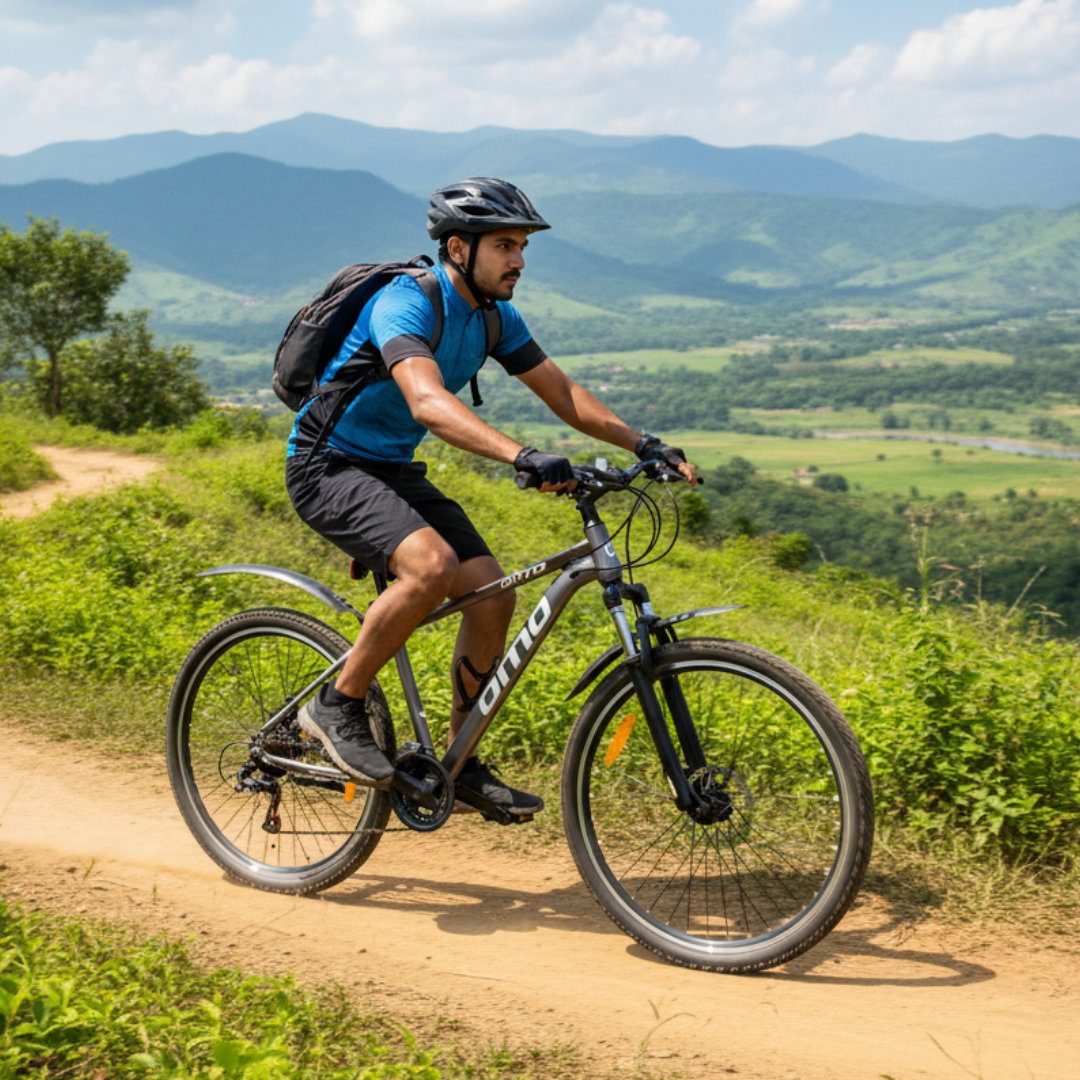
MTB | Mountain Cycle
Explore the best MTB cycles in India, built for off-road trails, city...
Customised Bicycles Real Orders
View all-
Custom Hybrid Cycle Under ₹16,000 with Your Log...
Ever thought you could get a custom logo hybrid cycle under ₹16,000? A real customer bought the Ladakh Ace 21-Speed Alloy Frame cycle with custom upgrades and their own logo...
Custom Hybrid Cycle Under ₹16,000 with Your Log...
Ever thought you could get a custom logo hybrid cycle under ₹16,000? A real customer bought the Ladakh Ace 21-Speed Alloy Frame cycle with custom upgrades and their own logo...
-
Hybrid Cycle Under 15000: Ladakh Ace QC Check &...
Discover why Ladakh Ace is our best-selling hybrid cycle under ₹15,000. With original Shimano gears, lightweight alloy frame, and Zoom suspension, this fully customizable bicycle offers unbeatable value. Read our...
Hybrid Cycle Under 15000: Ladakh Ace QC Check &...
Discover why Ladakh Ace is our best-selling hybrid cycle under ₹15,000. With original Shimano gears, lightweight alloy frame, and Zoom suspension, this fully customizable bicycle offers unbeatable value. Read our...
-
Best Hybrid Cycle Under ₹15000: Ladakh Ace QC C...
The Ladakh Ace is our best-selling hybrid cycle under 15000, packed with features like a lightweight alloy frame, reliable disc brakes, and Shimano Gears. See our QC check and learn...
Best Hybrid Cycle Under ₹15000: Ladakh Ace QC C...
The Ladakh Ace is our best-selling hybrid cycle under 15000, packed with features like a lightweight alloy frame, reliable disc brakes, and Shimano Gears. See our QC check and learn...
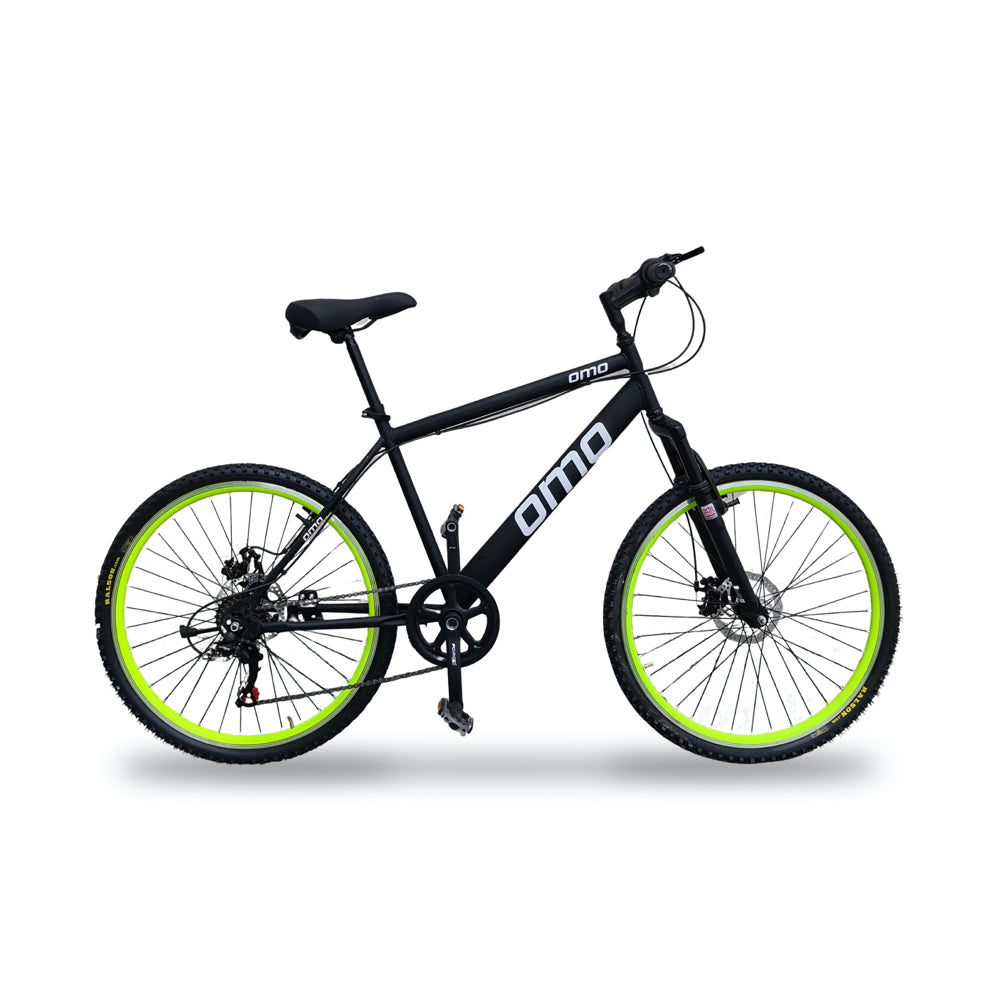


![Zozila Lite [Single Speed MTB]](http://omobikes.com/cdn/shop/files/ZOZILALITE1SMLOBLUYL03.jpg?v=1759510123&width=533)
![Zozila Ace [7/21 Gears MTB]](http://omobikes.com/cdn/shop/files/ZozilaAce21sGreyBlue.jpg?v=1765639222&width=533)
![Zozila Prime [8/24 Gears MTB]](http://omobikes.com/cdn/shop/files/omozozilaprime24shimanoacerasuspensiondiscbrakes.png?v=1764007775&width=533)









